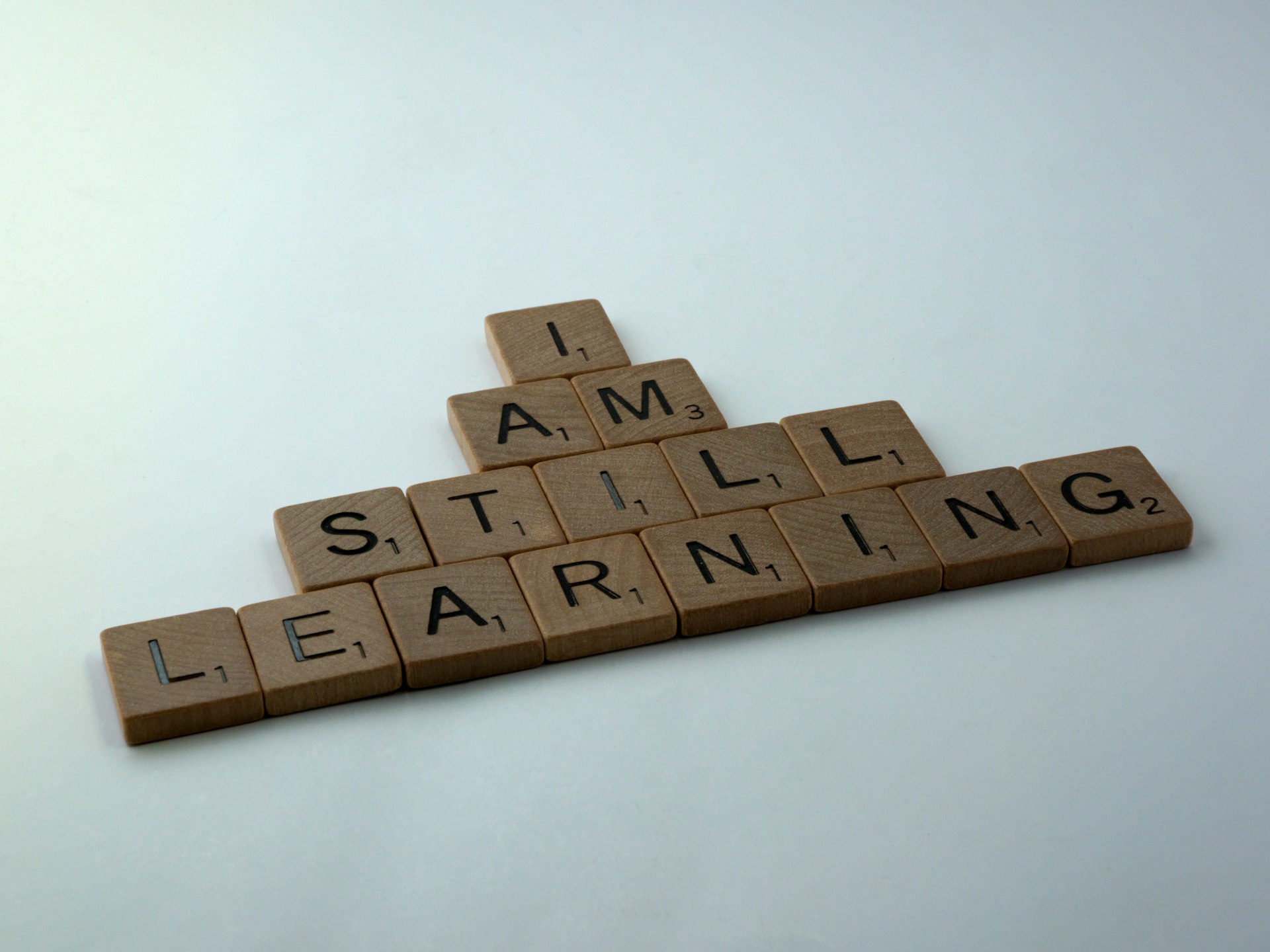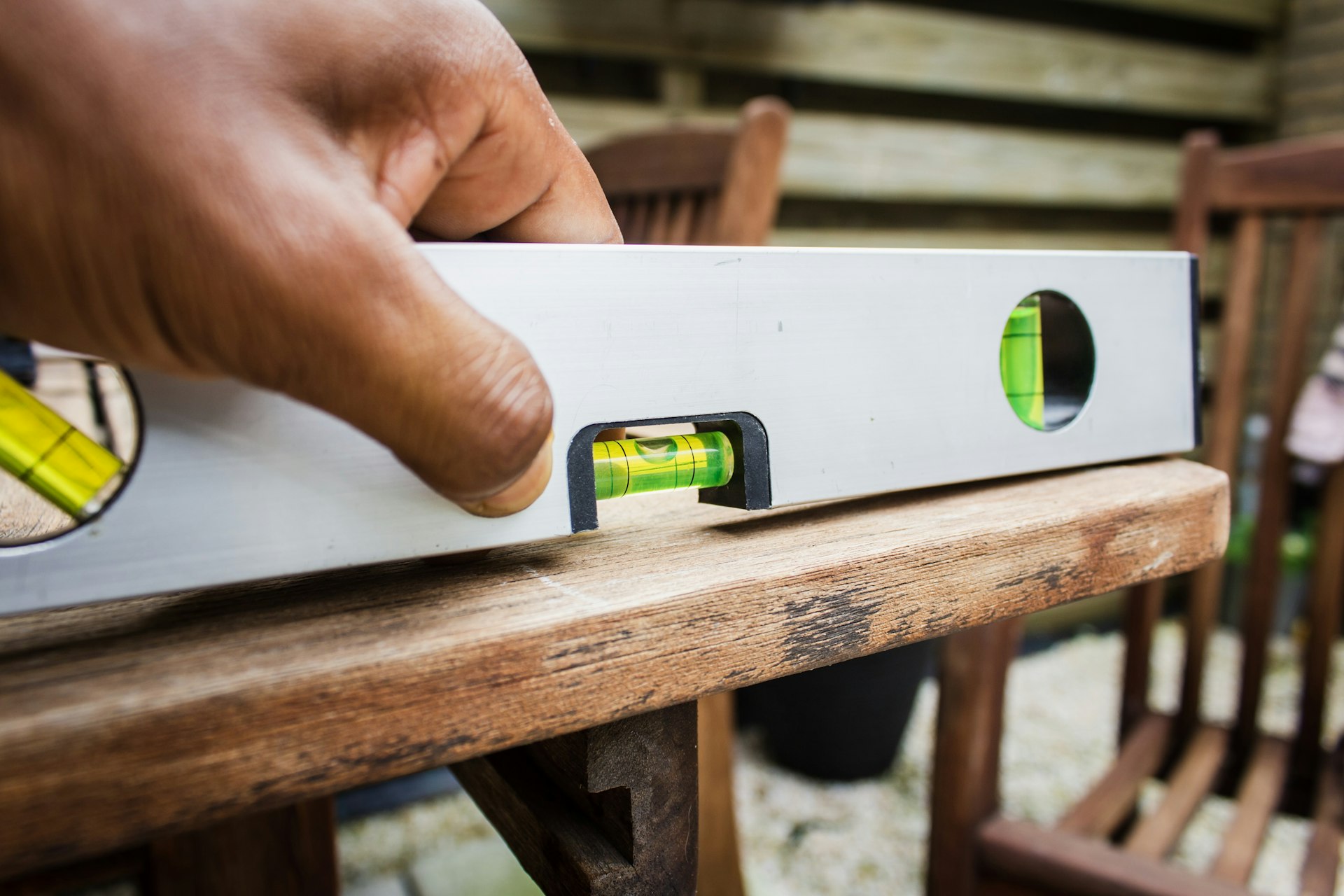Empowering Global Collaboration in Education Through EdTech: Strategies, Examples, and Pathways

Photo by George Bakos on Unsplash
Introduction: The Rise of Global Collaboration Through EdTech
As education evolves in an increasingly interconnected world, global collaboration projects powered by educational technology (EdTech) are reshaping how students, teachers, and institutions interact across borders. By leveraging digital tools, classrooms can transcend geographical and cultural boundaries, enabling students to work jointly on meaningful projects, share knowledge, and develop skills vital for success in the 21st century. This article explores actionable strategies, real-world examples, and comprehensive guidance on engaging with global collaboration projects through EdTech.
Understanding Global Collaboration in Education
Global collaboration in education refers to structured initiatives where students and educators from different countries co-create, communicate, and learn together using technology. These projects may range from joint research and problem-solving to creative digital production and cultural exchange. The underlying principle is that technology acts as a bridge, enhancing opportunities for shared learning regardless of location [1] .
Benefits of EdTech-Enabled Global Collaboration Projects
Several key advantages drive the adoption of global collaboration in education:
- Cultural Awareness and Empathy : Students gain firsthand experience with diverse customs and perspectives, fostering understanding and reducing stereotypes [3] .
- Digital Literacy : Working across digital platforms cultivates essential technological skills, preparing students for future academic and professional environments [1] .
- Problem-Solving and Critical Thinking : Collaborative projects often focus on real-world issues, encouraging students to think critically and propose innovative solutions [2] .
- Intercultural Competence : Regular communication with international peers enhances language skills and adaptability [3] .
Real-World Examples of Global Collaboration Projects Using EdTech
To illustrate the practical impact and scope of these initiatives, consider the following verified examples:
The Global Virtual Classroom
One highly regarded initiative is the Global Virtual Classroom, where students from multiple countries collaborate online to explore shared learning goals, create digital artifacts, and present their collective findings. These projects often include research, digital presentations, and cross-cultural discussions, providing a robust platform for intercultural exchange [3] .
Interactive Electronic Quilt Project
Middle school students at Acera School in Massachusetts worked with peers in China to create an interactive electronic quilt, combining art, technology, and cultural exploration. The project involved programming, digital storytelling, and exploring identity, demonstrating how EdTech can facilitate both creative and technical skill development while deepening global understanding [2] .
Innovative EdTech Initiatives Worldwide
Organizations like the Foundation for Learning Equality have developed platforms such as Kolibri to bring high-quality, offline digital learning to underserved communities globally. Meanwhile, Enuma’s Kitkit School promotes literacy and numeracy for young learners, and Geekie delivers adaptive learning solutions to Brazilian students, highlighting the diversity of EdTech-driven global collaboration [4] .
Implementing Global Collaboration Projects: Step-by-Step Guidance
1. Define Project Goals and Learning Outcomes
Start by identifying clear objectives for your collaboration. Are you aiming to enhance cultural understanding, solve a real-world problem, or develop digital skills? Clarifying intent will guide project design and partner selection.
2. Identify and Connect with International Partners
Partners may include schools, universities, non-profits, or EdTech platforms. To find collaborators:
- Use established EdTech networks and professional organizations.
- Participate in global education conferences and online forums.
- Search for initiatives like the SELIN Club and contact their coordinators for guidance [3] .
3. Select Appropriate EdTech Tools
Choose platforms that support communication, project management, and resource sharing. Verified tools include:
- Spinndle: A collaborative workspace for project management and peer feedback [5] .
- Kolibri: An offline digital learning platform for resource-constrained settings [4] (search “Kolibri Learning Equality” for details).
- Google Workspace for Education: Widely used for document sharing and real-time collaboration (search “Google Workspace for Education”).
4. Design Collaborative Activities
Structure activities to promote interaction and joint problem-solving. Examples include:
- Case studies comparing local and international issues.
- Group research projects on global challenges (e.g., water quality, renewable energy).
- Digital presentations and virtual exhibitions.
5. Address Challenges and Ensure Inclusivity
Global projects may encounter obstacles such as time zone differences, language barriers, and unequal access to technology. Solutions include:
- Scheduling meetings at mutually convenient times and using asynchronous communication tools.
- Employing translation technologies or bilingual facilitators.
- Selecting platforms that function offline or on low-bandwidth connections (e.g., Kolibri).
6. Foster Reflection and Evaluation
Encourage participants to reflect on their experiences and learning outcomes. Use self-assessment tools, peer feedback features, and group discussions to evaluate progress and identify areas for improvement [5] .
Alternative Approaches and Additional Pathways
If direct participation in an established global collaboration project is not feasible, educators and students can:
- Engage with online communities focused on global education (search “global education forums” or “virtual classroom networks”).
- Attend webinars, workshops, and MOOCs that emphasize intercultural learning and EdTech integration.
- Explore resources and guidance from organizations like UNESCO and the World Bank (search “UNESCO global education” and “World Bank EdTech”).
Accessing Resources and Support
To access verified programs, platforms, and guidance:
- Visit the official websites of organizations highlighted above. For example, Kolibri by Learning Equality can be found at Learning Equality .
- Search for “SELIN Club global collaboration” for current initiatives and contact information.
- Consult the “Global Ed” and “CUE Kids” showcases from MassCUE for project inspiration and potential partners [2] .
For direct guidance, educators can contact professional associations (e.g., ISTE, MassCUE) or network with international educators via LinkedIn or academic exchange platforms.
Key Takeaways and Next Steps
Global collaboration projects through EdTech represent a transformative opportunity for students and educators to develop cultural empathy, digital skills, and collaborative problem-solving abilities. By following the detailed steps outlined above, leveraging verified tools, and engaging with reputable organizations, it is possible to create impactful, sustainable cross-border educational experiences. For those seeking further support, connecting with established EdTech networks, attending professional conferences, and exploring official resources are effective pathways to success.

Photo by Steve Johnson on Unsplash
References
- [1] Madavi (2024). Edtech Global Collaboration: Breaking Down Barriers For Education.
- [2] Education Week (2018). International Collaboration Projects Using Technology.
- [3] SELIN Club (2024). Global Collaboration Projects: Connecting Classrooms.
- [4] World Bank (2017). 20 Innovative EdTech Projects From Around the World.
- [5] Cult of Pedagogy (2022). 5 Fantastic Ideas for Collaboration Projects.
MORE FROM snapflicks.net













